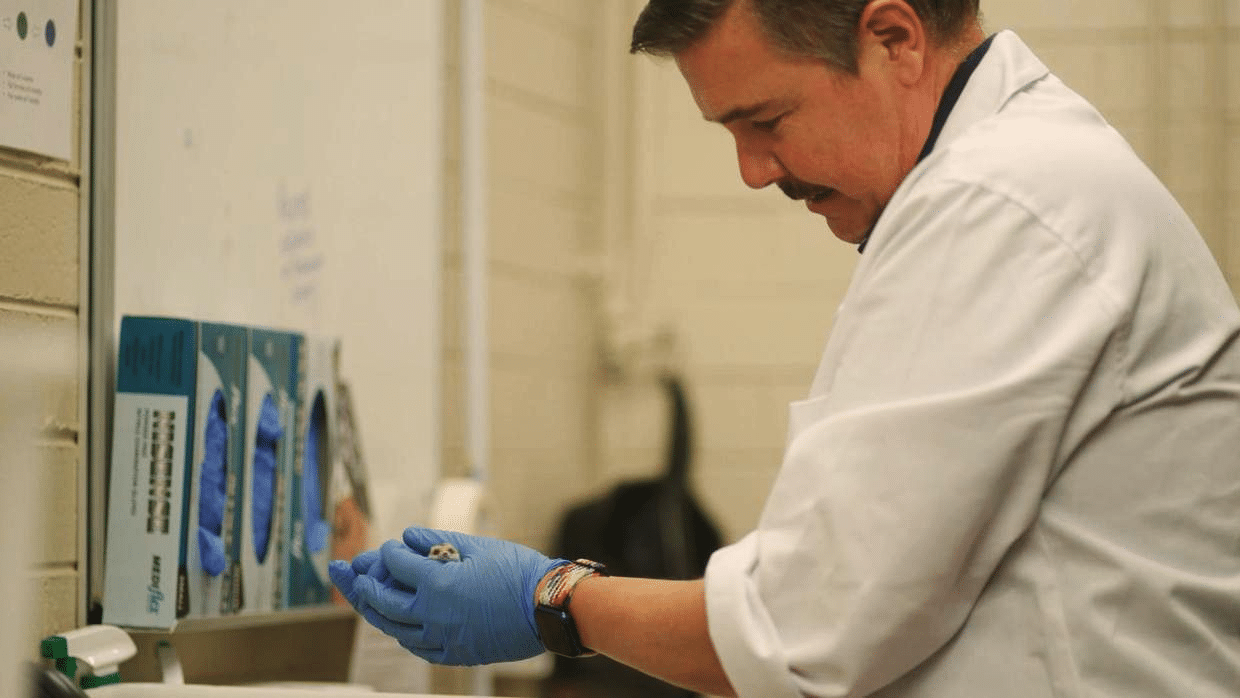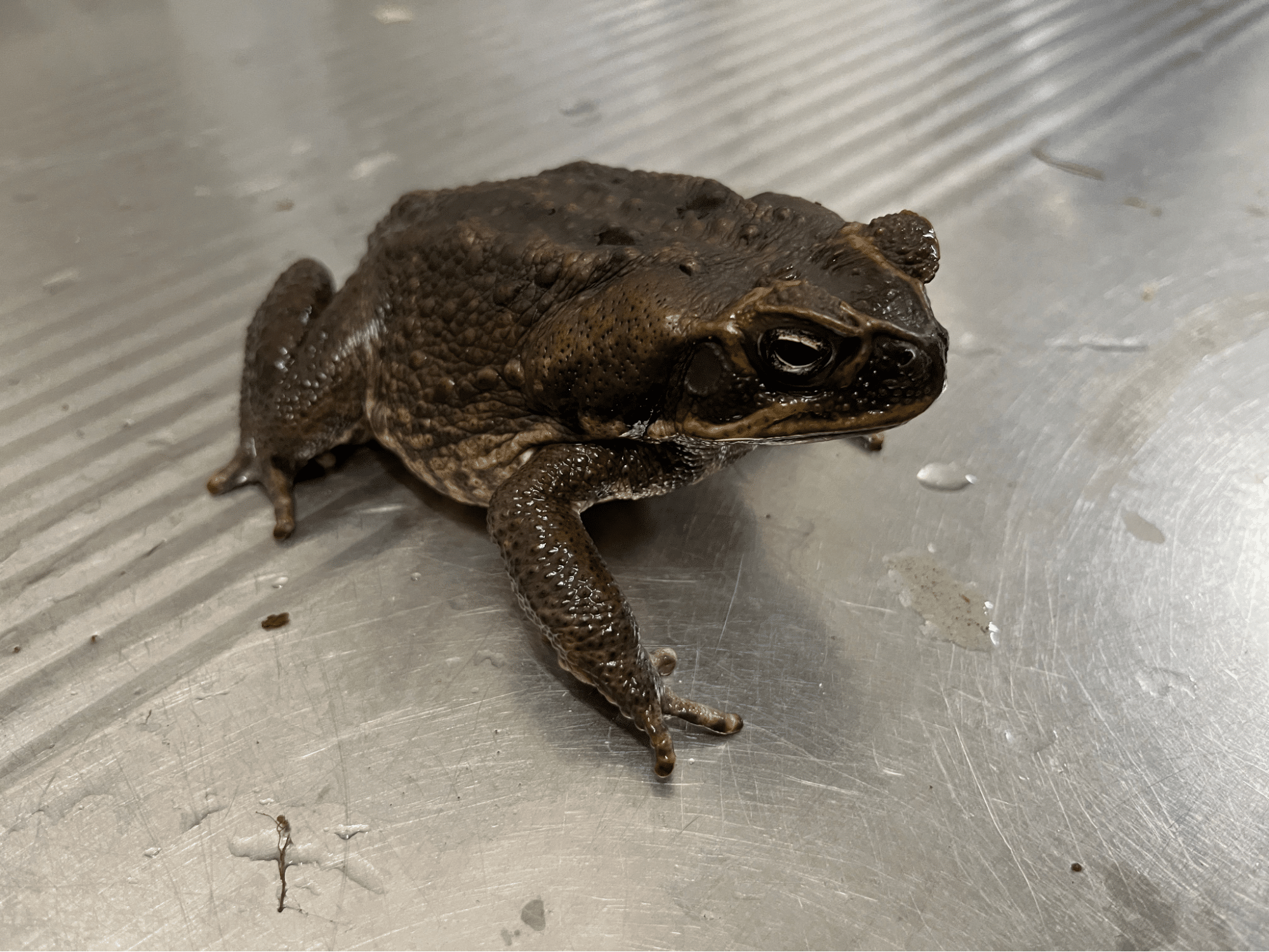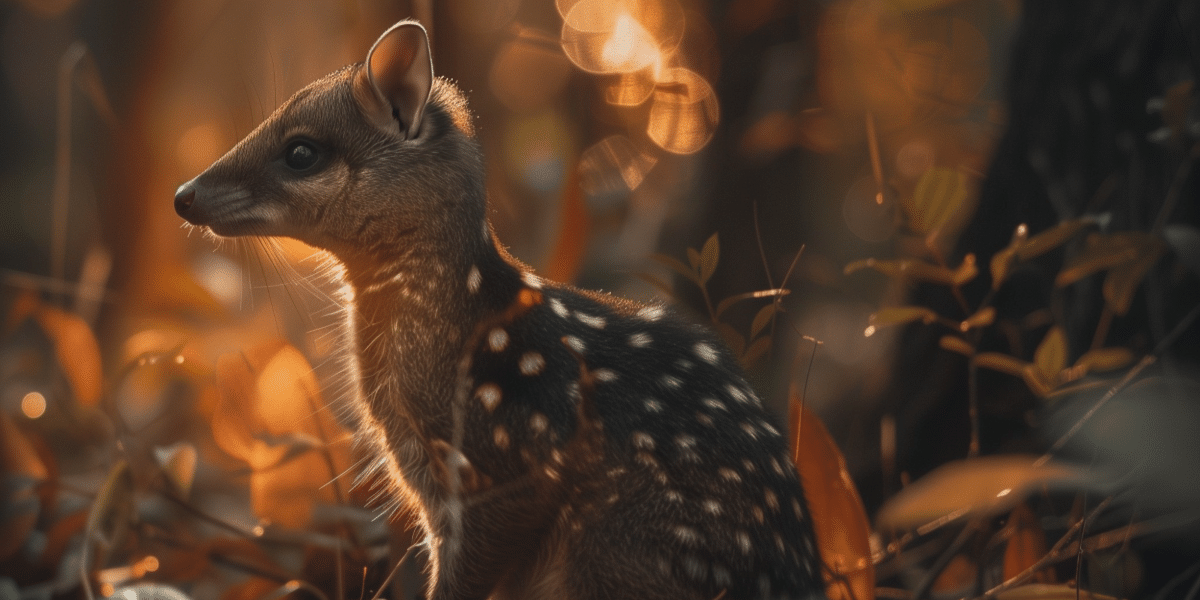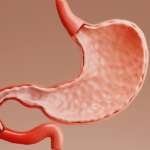By: John Glover (MBA)
Colossal Biosciences has teamed up with the University of Melbourne in Australia to introduce toxin resistance in the northern quoll, hoping to slow its extinction from contact with the poisonous cane toad.
The northern quoll is one of Australia’s most adorable marsupials, known for its white-spotted back. As the largest marsupial predator in Northern Australia, it is also ecologically important as one of the mainland’s few native mesopredators. The northern quoll is crucial to controlling the populations of small animals such as rodents, reptiles, birds, and invertebrates, including spiders and scorpions.
Despite this vital niche, the northern quoll is another victim of the country’s near-world-leading biodiversity loss. With the species’ population plummeting by nearly 75% since the 1930s, it is now expected to go extinct within the next decade. That’s mainly due to the introduction of the cane toad, an invasive and poisonous species. Colossal Biosciences and scientists at the University of Melbourne may have found a way to blunt the toad’s deadly bufotoxin. The pioneering use of gene editing technology has produced genetic toxic resistance in marsupials.

“We need northern quolls to have a balanced ecosystem in mainland Australia,” said Professor Andrew Pask, who leads the Thylacine Integrated Genomic Restoration Research Laboratory (the TIGRR Lab) at the University of Melbourne and is an integral partner in this work. “By using Colossal’s technology we’re giving our conservation partners a fighting chance of succeeding in restoring that balance.”
Pask and Stephen Frankenberg, Ph.D., head of the quoll’s bufotoxin resistance team, believe marsupial DNA can become up to 10 times more resistant to cane toad poison.
“It’s just a tiny tweak,” Frankenberg told the Sydney Morning Herald. “It’s done routinely in lab animals. Over thousands of years, maybe some Australian species will gradually evolve that resistance. But the risk is they would be more likely to go extinct first.”
The Cane Toad’s Australian Onslaught

The cane toad is native to Central and South America, where predators have adapted to withstand its bufotoxin. Unfortunately, when introduced to Queensland in 1935 to control agricultural pests, the toad quickly dominated native species that were ill-equipped to deal with its deadly toxin and rapid breeding.
Considered one of the world’s worst invasive species, the cane toad can lay up to 70,000 eggs annually during any season. Toxic at all stages of its life, the species has venom-secreting glands on either shoulder, storing and releasing bufotoxin that can cause rapid heartbeat, convulsions, and paralysis. A single bite can be fatal.
From the 24,000 cane toads introduced to Australia nearly a century ago, the population now stands at an estimated 200 million. It ranges across the mainland.
As a voracious eater itself and a seemingly appetizing snack to native predators, the cane toad has devastated the Australian ecosystem. It has demolished northern quoll populations and native insects, frogs, reptiles, and larger predator species such as goannas, freshwater crocodiles, and death adders. A total of 75 species are considered potentially at risk because of the cane toad.
“One of the greatest threats that Australia’s wildlife faces is invasive species,” said Euan G. Ritchie, professor of wildlife ecology and conservation at Deakin University, in a press release. “This advance, by Frankenberg and colleagues, is a crucial step toward a future that might give native wildlife a potential leg up over toads, and maybe even turn them from a deadly last meal to an abundant food supply.”
A Colossal Solution to the Cane Toad Conundrum
The Colossal Biosciences and University of Melbourne team has introduced toxin resistance found in the cane toad’s natural predators into the cells of a dunnart. This close relative of the northern quoll is a “similar marsupial model species” with traits favorable for gene editing in the lab.
This project is the first-ever application of gene editing for endangered species conservation. The work has the potential to save other species. The northern quoll could be transformed from a helpless victim of the cane toad to a potential main predator of the invader.
With a short life cycle and large litters, northern quolls are particularly suited to quickly pass genetic edits to future generations. Pask said he is hopeful the animals’ resistance to toad poison can be developed within five years.
“Innovations like these are desperately needed for conservation today,” commented Beth Shapiro, Ph.D., Colossal’s chief science officer. “This is precisely why I joined Colossal: to leverage cutting-edge de-extinction and genetic rescue technologies to accelerate conservation efforts and restore and preserve at-risk ecosystems worldwide. In this case, saving the northern quoll both sets a precedent for what is possible using these technologies and creates an opportunity for ecological feedback that will allow other Australian species to flourish.”
Published by: Martin De Juan



















